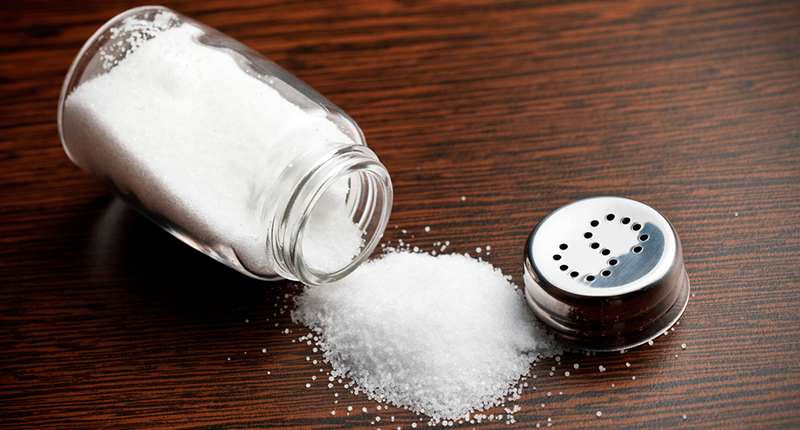
Six ways to trim salt in your food without losing out on taste
Salt is critical to regulate water content and electrolyte balance, to maintain good metabolism but excess intake can lead to high blood pressure, heart disease, and various other problems

Tucking into too much salt, which adds an integral, essential flavour in our food, is known to trigger very serious health problems. What is alarming is that 75 per cent of the salt we eat is in the everyday foods we consume such as bread, breakfast cereal and readymade meals. The average adult eats about 3,400 milligrams (mg) of sodium per day — far more than the recommended daily goal of 2,300 mg, says the Harvard Medical School website.
Indians, particularly need to be conscious of steering clear of salt as they tend to routinely munch on namkeens, cookies, sandwiches, and packaged products in between their meals adding to the problem.
Also read: Facing fatigue that simply won’t go? Go check your Vitamin B12
Salt may be critical to regulate water content and electrolyte balance, to maintain good metabolism but at the end of the day excess salt intake can lead to high blood pressure, heart disease, stroke and calcium loss and kidney issues.
So, here are ways to cut down on salt intake:
1. Shop for low-salt foods
Cut down on buying stored and canned packaged foods containing high levels of sodium. Choose packaged foods labelled “low sodium,” “reduced sodium,” or “no salt added” . Prefer no salt added label.
2. Steer clear of ready-to-eat packaged foods
It is better to steer clear of ready-to-eat packaged foods. Cured meats and fish can be high in salt, so try to eat these less often.
3. Opt for healthier snacks
Opt for healthier snacks like fruit or vegetables such as carrot or celery sticks. If you are going to have crisps or crackers, check the label and choose the ones lower in salt.
4. Avoid table salt
Avoid sprinkling additional salt on your food and restrict the amount while cooking. Here’s how to do it: Use black pepper as seasoning instead of salt on items like pasta, scrambled egg, pizza, fish and soup.
You can also add fresh herbs and spices to pasta dishes, vegetables and meat. Try garlic, ginger, coriander leaves, chilli and lime in stir fries, dry mustard or dill, oregano, bayleaf, amchur over salt. Make your own stock and gravy instead of using cubes or granules.
Also read: 5 foods to smarten your brain and stave off mental decline
5. Avoid table sauces
Go easy on soy sauce, mustard, pickles, mayonnaise and other table sauces, as these can all be high in salt.
6. Avoid sea food
Restrict salt water fishes and sea food to prevent excess sodium.
Are pink and black salts good for you?
Today, pink and black salts are trendy and popular in the market and is said to be imbued with different properties. But a Pune-based nutritionist Amita Gadre has busted this myth of coloured salts being more healthier through a video posted on her Instagram page. According to Gadre, irrespective of the colour of the salt — be it pink, white or black it is all sodium chloride and has the same effect on blood pressure.
It does nothing to improve digestion, nor can people lose weight or improve their gut health. Be it any colour, one should not consume more than one teaspoon of salt per day, she says. Further, Gadre says that you don’t get the iodine content found in white common salt in these pink or rock salts. Usually, they are non-iodised and eating non-iodised salt can make you susceptible to hypothyroidism, she warns, as iodine content is not easy to get in the standard Indian diet.


